Home>Home Appliances>Bathroom Appliances>How Long Should You Brush Your Teeth With An Electric Toothbrush
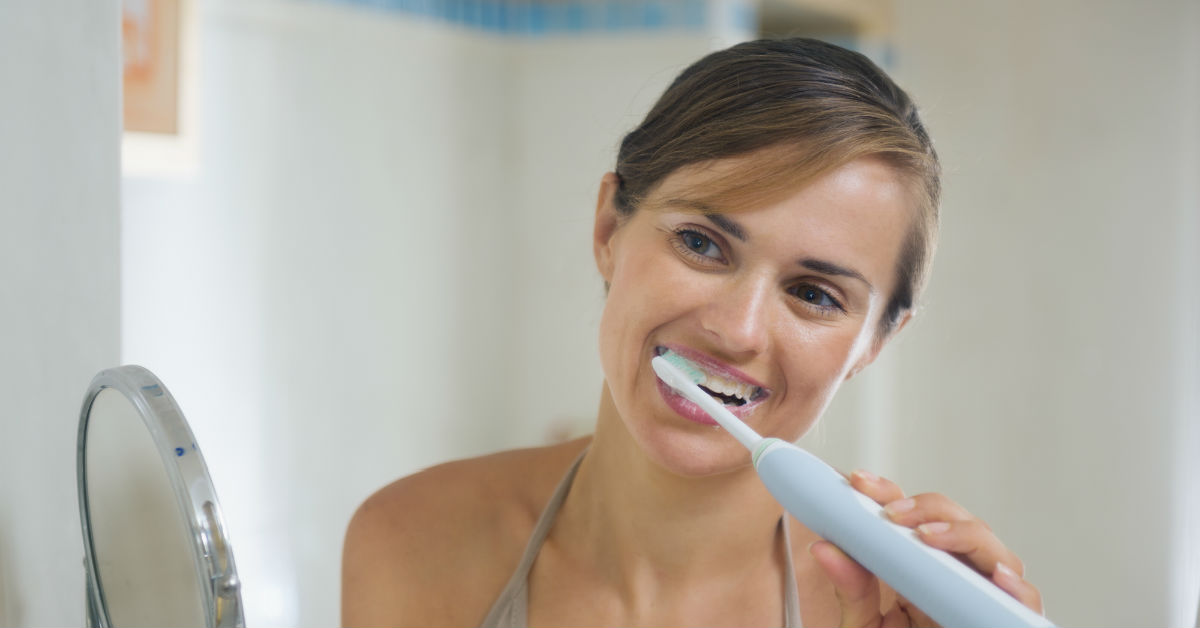

Bathroom Appliances
How Long Should You Brush Your Teeth With An Electric Toothbrush
Modified: March 2, 2024
Discover the ideal duration for brushing your teeth with an electric toothbrush. Learn expert tips for effective dental care.
(Many of the links in this article redirect to a specific reviewed product. Your purchase of these products through affiliate links helps to generate commission for Storables.com, at no extra cost. Learn more)
Introduction
Welcome to the world of dental hygiene, where the tools and techniques we use can make a significant impact on our oral health. Electric toothbrushes have gained immense popularity in recent years, revolutionizing the way we maintain our pearly whites. As we delve into the realm of electric toothbrushes, it’s crucial to understand the optimal time required for brushing to ensure maximum effectiveness.
Brushing your teeth with an electric toothbrush is not just about the duration; it’s about the technique and thoroughness. In this article, we will explore the recommended time for brushing with an electric toothbrush, the benefits of using this advanced tool, factors that may influence brushing time, and essential tips for effective brushing. By the end, you’ll have a comprehensive understanding of how long you should brush your teeth with an electric toothbrush for optimal oral health.
Key Takeaways:
- Embrace the power of electric toothbrushes for efficient plaque removal, gentle gum care, and built-in timers to ensure a thorough two-minute brushing routine, promoting a healthy smile and confident oral health habits.
- Tailor your brushing routine with an electric toothbrush to address unique oral care needs, utilizing proper techniques, personalized tips, and professional guidance for a comprehensive approach to maintaining radiant oral health.
Benefits of Using an Electric Toothbrush
Electric toothbrushes offer a plethora of benefits that have propelled them to the forefront of oral care. Here are some compelling reasons why many individuals have made the switch from traditional manual brushes to their electric counterparts:
- Efficient Plaque Removal: The oscillating or rotating bristle heads of electric toothbrushes can remove plaque more effectively than manual brushing, contributing to improved oral hygiene and reduced risk of dental issues.
- Built-in Timers: Many electric toothbrushes come equipped with timers that ensure you brush for the recommended duration, promoting thorough cleaning and consistent dental care habits.
- Gentle on Gums: Some electric toothbrush models are designed with pressure sensors to alert users when they are brushing too hard, helping prevent gum damage and recession.
- Enhanced Convenience: The powered mechanism of electric toothbrushes simplifies the brushing process, making it an attractive option for individuals with limited dexterity or those seeking a more effortless oral care routine.
- Improved Motivation: The advanced features of electric toothbrushes, such as various brushing modes and app connectivity, can motivate users to maintain consistent and thorough brushing habits, ultimately contributing to better oral health outcomes.
- Professional Recommendations: Many dental professionals endorse the use of electric toothbrushes due to their ability to provide a superior clean compared to manual brushing, leading to increased patient compliance and satisfaction.
These benefits underscore the compelling reasons why electric toothbrushes have become a popular choice for individuals seeking to elevate their oral care routine and achieve optimal dental health.
Recommended Time for Brushing with an Electric Toothbrush
When it comes to using an electric toothbrush, the recommended brushing time aligns with the guidelines provided by dental professionals. The general consensus among dentists and oral health experts is that individuals should brush their teeth for a minimum of two minutes, twice a day, regardless of the type of toothbrush used. This duration allows for thorough plaque removal, gum stimulation, and overall oral hygiene maintenance.
Many electric toothbrushes are equipped with built-in timers to assist users in adhering to the recommended brushing duration. These timers often divide the two-minute cycle into 30-second intervals, prompting individuals to evenly distribute their brushing across different quadrants of the mouth. This systematic approach helps ensure that each area receives adequate attention, promoting comprehensive cleaning and a balanced oral care routine.
It’s important to note that the two-minute guideline serves as a baseline, and some individuals may benefit from slightly longer brushing sessions, especially if they wear orthodontic appliances, have specific dental conditions, or require additional attention to certain areas of the mouth. Dental professionals can provide personalized recommendations based on individual oral health needs, guiding patients on the optimal brushing duration for their unique circumstances.
Ultimately, the recommended time for brushing with an electric toothbrush mirrors the established best practices for oral hygiene, emphasizing the significance of dedicating sufficient time to maintaining the health and cleanliness of your teeth and gums.
Dentists recommend brushing with an electric toothbrush for at least 2 minutes to ensure thorough cleaning. Divide your mouth into 4 sections and spend 30 seconds on each for best results.
Factors Affecting Brushing Time
The duration of brushing with an electric toothbrush can be influenced by various factors, each of which plays a role in shaping an individual’s oral care routine. Understanding these factors can help individuals tailor their brushing habits to optimize oral health outcomes. Here are some key elements that can affect brushing time with an electric toothbrush:
- Oral Health Conditions: Individuals with specific oral health conditions, such as periodontal disease or orthodontic treatment, may require additional brushing time to effectively clean around braces, wires, or areas of gum inflammation.
- Dexterity and Coordination: Factors such as age-related dexterity issues or physical limitations may influence an individual’s ability to maneuver the electric toothbrush effectively, potentially impacting the time needed to achieve a thorough clean.
- Brushing Technique: The proficiency with which an individual operates the electric toothbrush, including the angle of the brush head and the pressure applied during brushing, can impact the efficiency of plaque removal and, consequently, the optimal brushing time required.
- Personal Habits and Preferences: Some individuals may naturally gravitate towards longer or shorter brushing sessions based on their personal habits, comfort levels, and adherence to oral care recommendations.
- Comprehensive Cleaning Goals: Those with meticulous oral care goals or a desire for an exceptionally thorough cleaning experience may choose to extend their brushing time to address every nook and cranny of their teeth and gums.
By recognizing these factors, individuals can adapt their brushing routine to accommodate their unique oral health needs and preferences, ensuring that they derive maximum benefit from their electric toothbrush while promoting long-term dental wellness.
Tips for Effective Brushing with an Electric Toothbrush
Optimizing the effectiveness of your electric toothbrush requires more than just the right timing; it involves employing proper techniques and strategies to elevate your oral care routine. Here are valuable tips to ensure that you make the most of your electric toothbrush:
- Choose the Right Brush Head: Select a brush head size and shape that comfortably fits your mouth and allows easy access to all tooth surfaces, ensuring thorough cleaning without causing discomfort.
- Follow a Systematic Approach: Divide your mouth into four quadrants and spend at least 30 seconds on each section, allowing the electric toothbrush’s timer to guide your transition between areas for balanced cleaning.
- Use Gentle Pressure: Avoid applying excessive force while brushing, as the oscillating or rotating motion of the electric toothbrush is designed to do the work for you. Gentle, circular motions against the teeth and gumline are effective for plaque removal without causing damage.
- Angle the Brush Head Appropriately: Position the brush head at a 45-degree angle against the gumline to target plaque accumulation and stimulate the gums, promoting overall oral health.
- Utilize Different Modes and Features: If your electric toothbrush offers various cleaning modes or additional features such as pressure sensors or quadrant reminders, take advantage of these functionalities to customize your brushing experience and enhance its effectiveness.
- Replace the Brush Head Regularly: Monitor the condition of your brush head and replace it as recommended by the manufacturer or your dental professional to ensure optimal cleaning performance and hygiene.
- Combine with Flossing and Mouthwash: Supplement your brushing routine with daily flossing and mouthwash use to comprehensively clean between teeth and address areas that may be challenging to reach with a toothbrush alone.
- Seek Professional Guidance: Consult your dentist or dental hygienist for personalized advice on using an electric toothbrush, including specific techniques and recommendations tailored to your oral health needs.
By integrating these tips into your oral care regimen, you can harness the full potential of your electric toothbrush, promoting superior plaque removal, gum health, and overall dental well-being.
Conclusion
As we conclude our exploration of the optimal brushing time with an electric toothbrush, it’s evident that this advanced oral care tool offers a multitude of benefits that can significantly enhance your dental hygiene routine. From efficient plaque removal to built-in timers and gentle gum stimulation, electric toothbrushes have revolutionized the way we approach oral care, empowering individuals to achieve superior cleaning and maintain optimal oral health.
While the recommended brushing time with an electric toothbrush aligns with the established guidelines for oral hygiene, it’s essential to consider individual factors that may influence brushing duration, such as oral health conditions, dexterity, and personal preferences. By acknowledging these elements, individuals can tailor their brushing habits to address their unique oral care needs, ensuring a comprehensive and personalized approach to maintaining a healthy and radiant smile.
Incorporating the tips for effective brushing with an electric toothbrush into your daily routine can further elevate the benefits of this innovative tool, enabling you to maximize its potential for promoting exceptional oral health. By selecting the right brush head, following a systematic approach, and utilizing different features, you can harness the power of your electric toothbrush to achieve thorough plaque removal and comprehensive cleaning, complemented by flossing and mouthwash use for a well-rounded oral care regimen.
Ultimately, the journey to optimal oral health is enriched by the advancements in dental technology, and the utilization of an electric toothbrush serves as a testament to our commitment to nurturing healthy smiles. As you embark on this path of dental wellness, remember that the recommended brushing time for an electric toothbrush is not just a duration; it’s a holistic approach to caring for your teeth and gums, promoting a lifetime of confident smiles and vibrant oral health.
Frequently Asked Questions about How Long Should You Brush Your Teeth With An Electric Toothbrush
Was this page helpful?
At Storables.com, we guarantee accurate and reliable information. Our content, validated by Expert Board Contributors, is crafted following stringent Editorial Policies. We're committed to providing you with well-researched, expert-backed insights for all your informational needs.
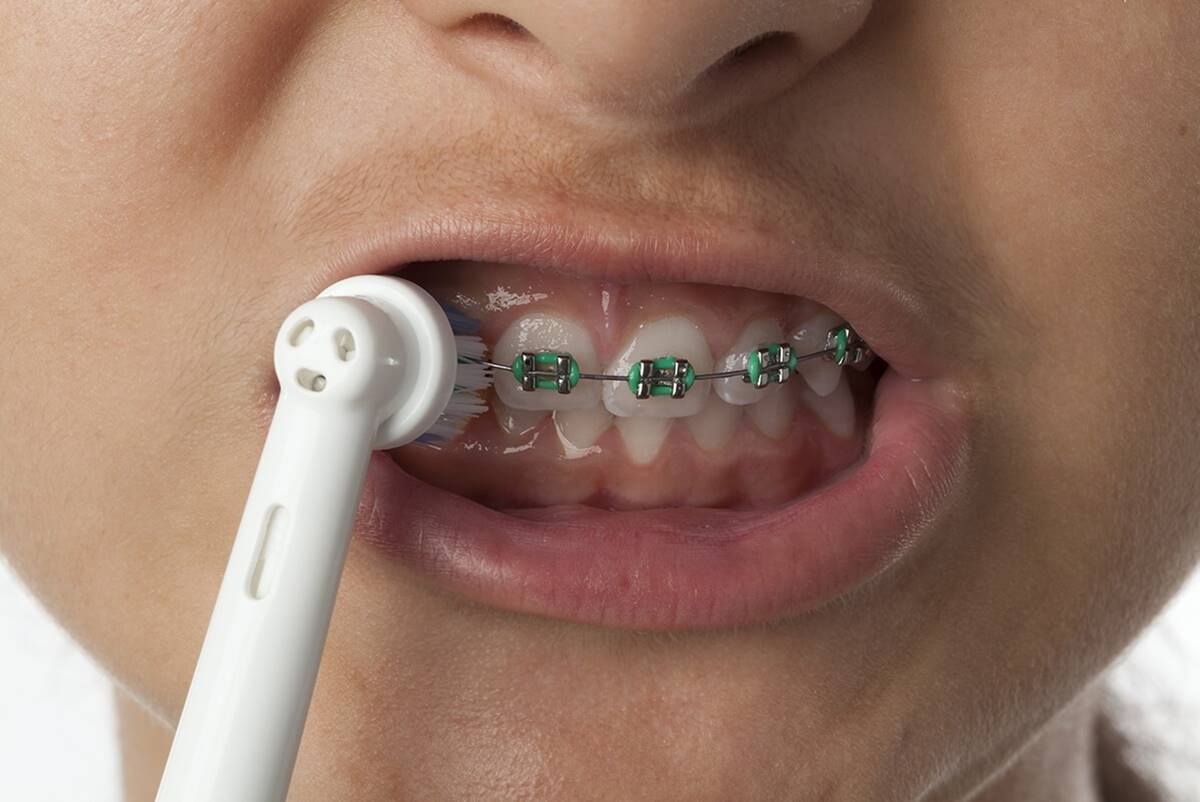
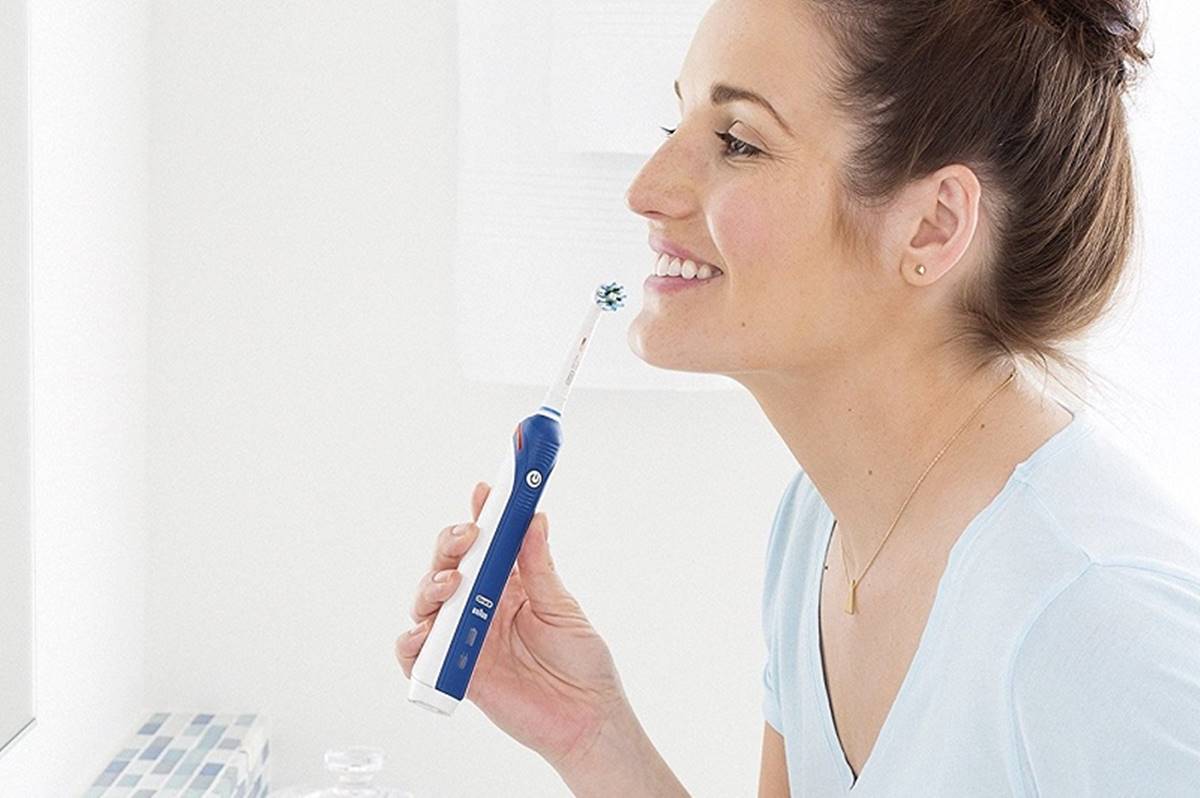
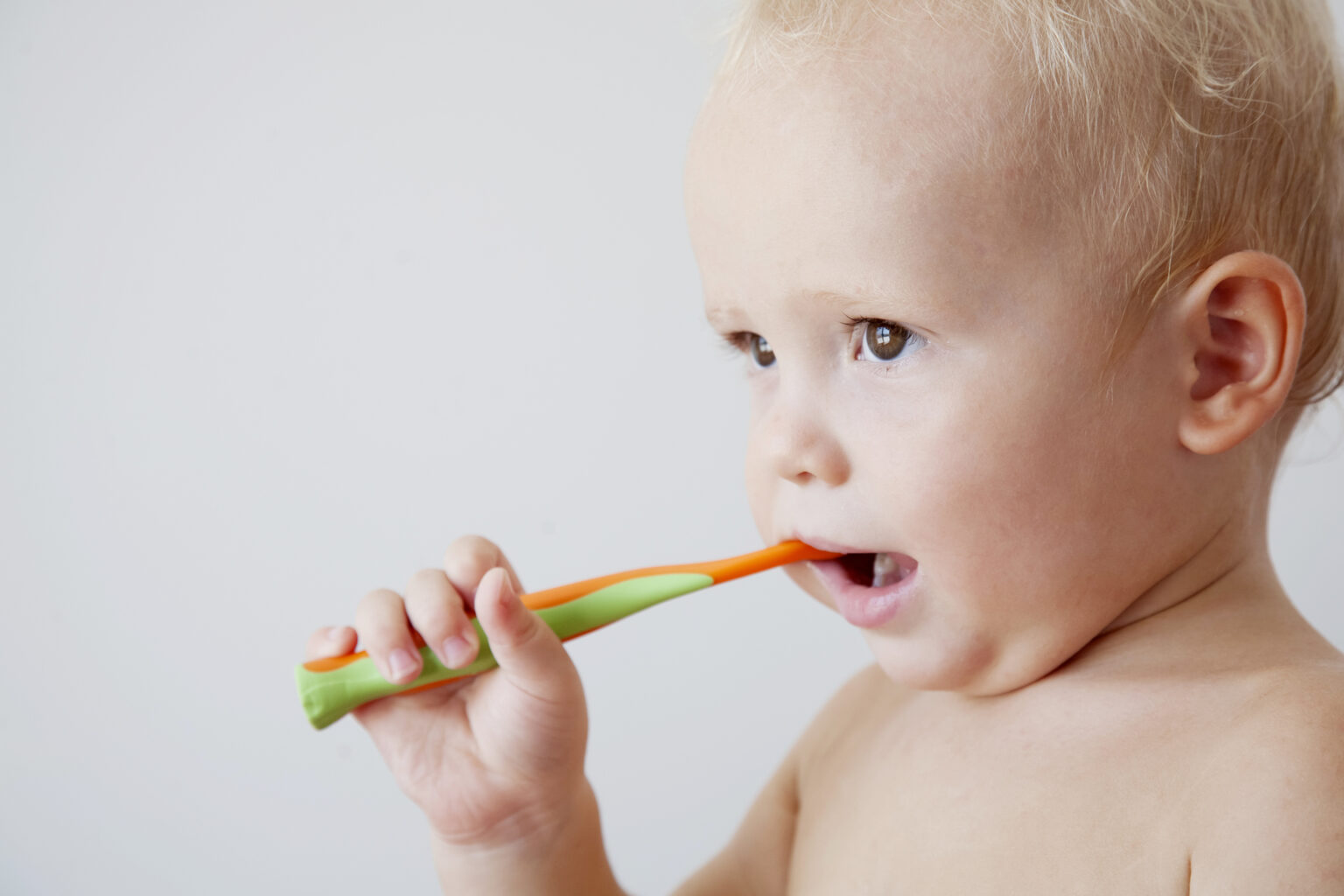
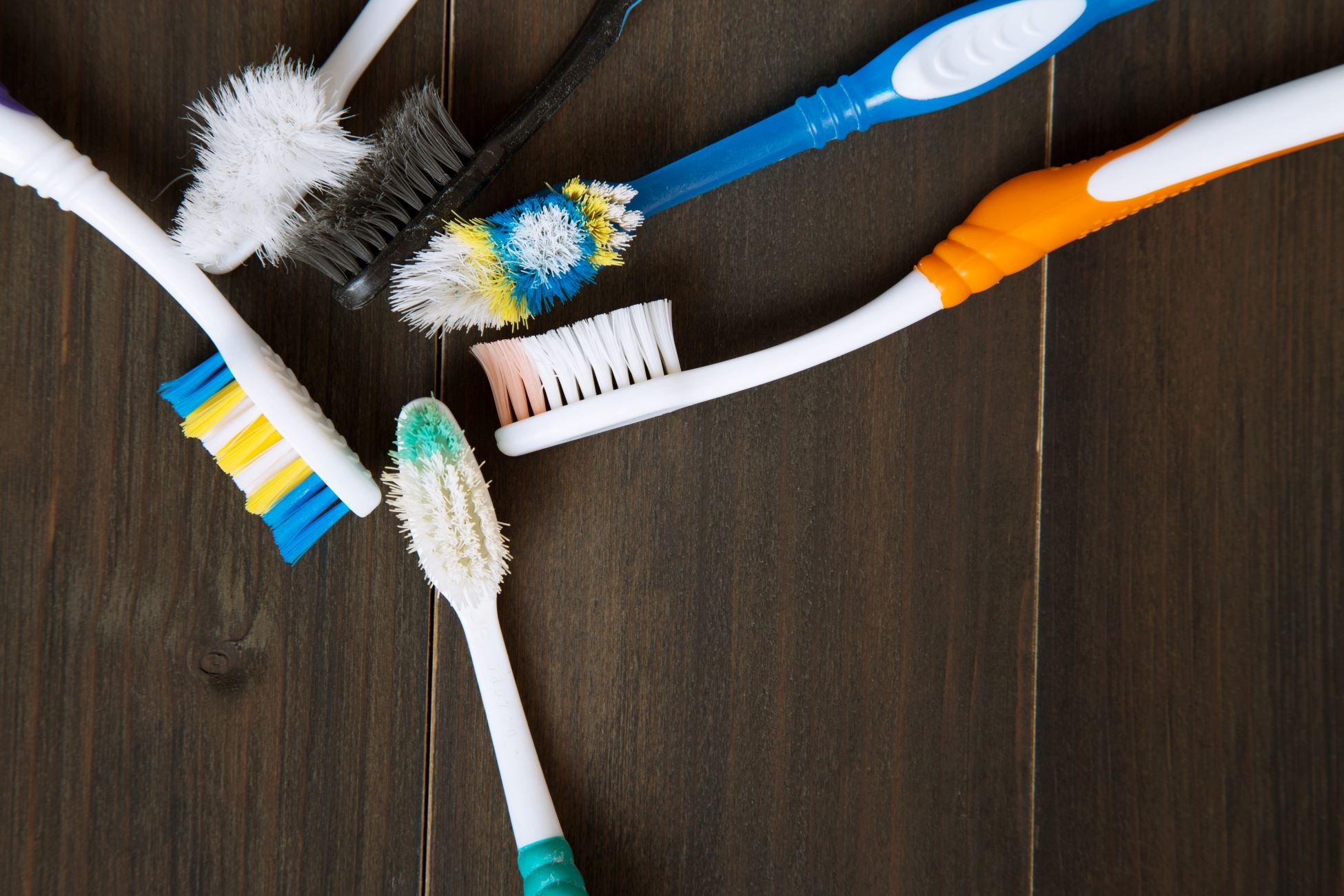
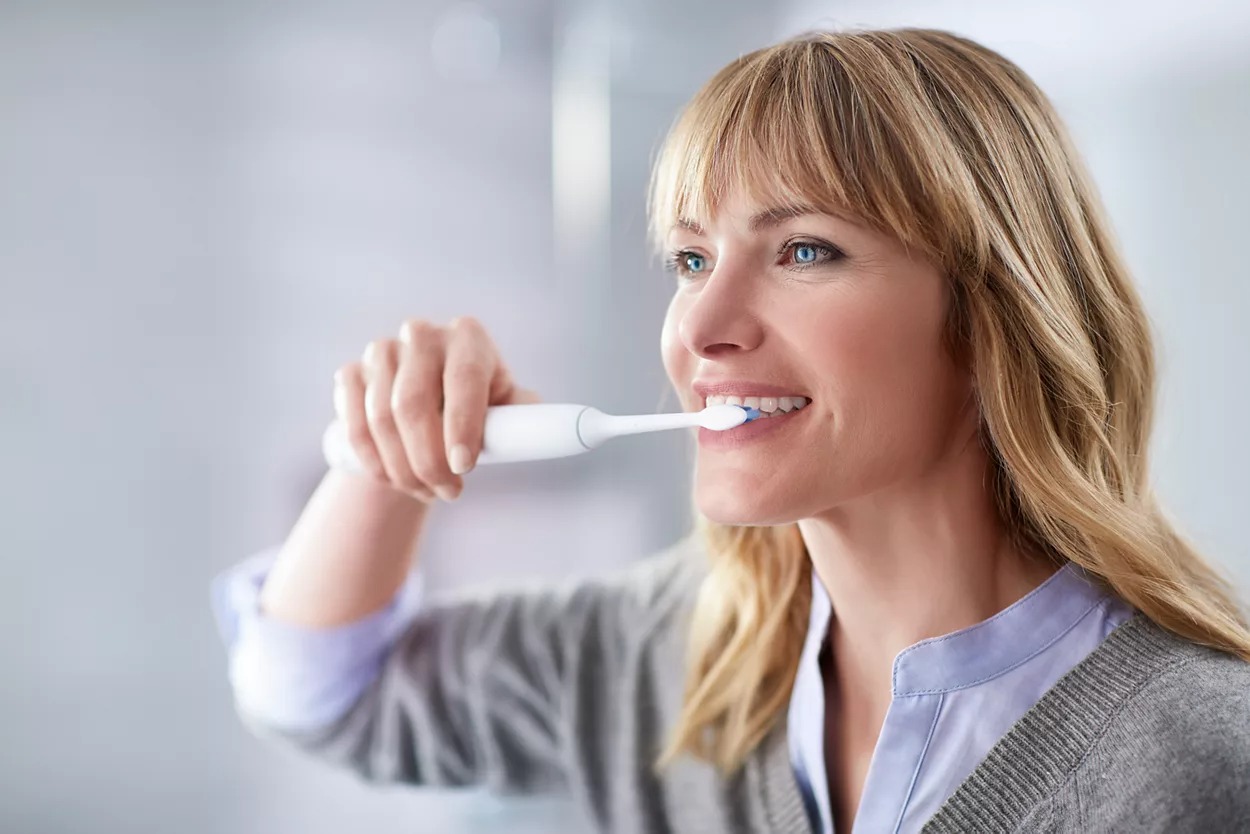
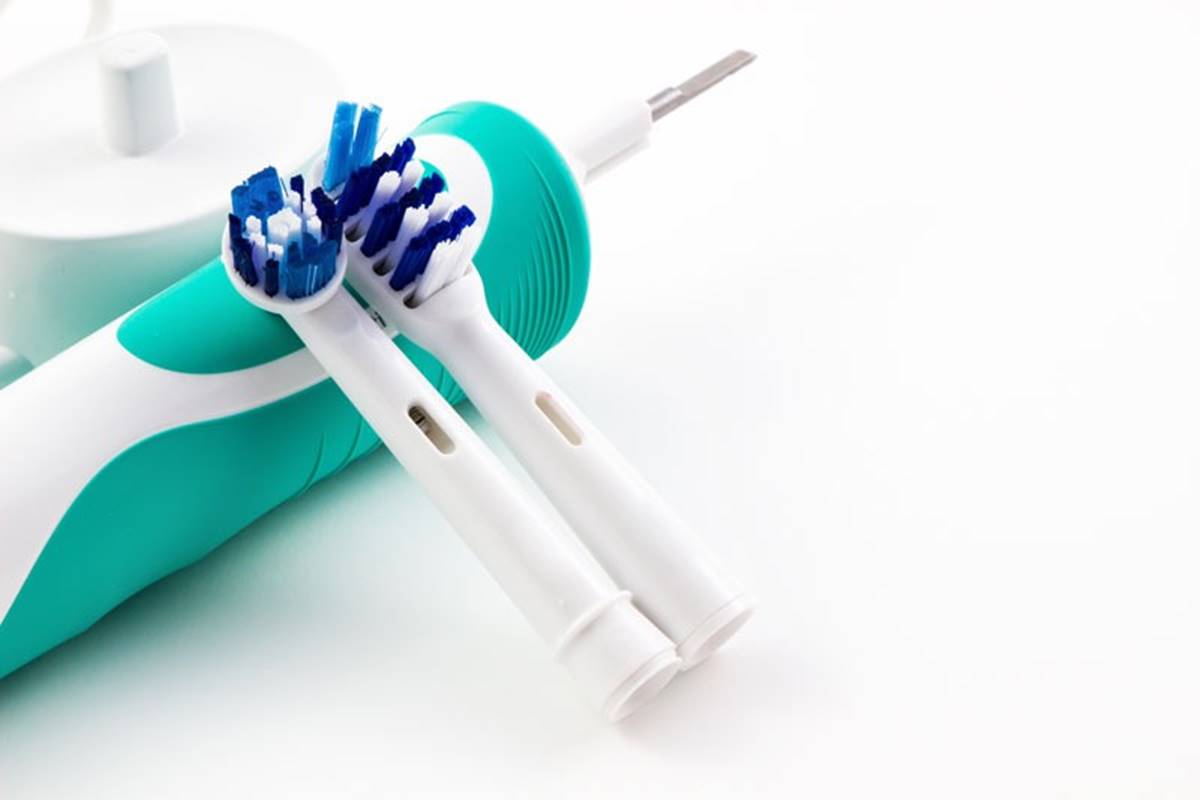
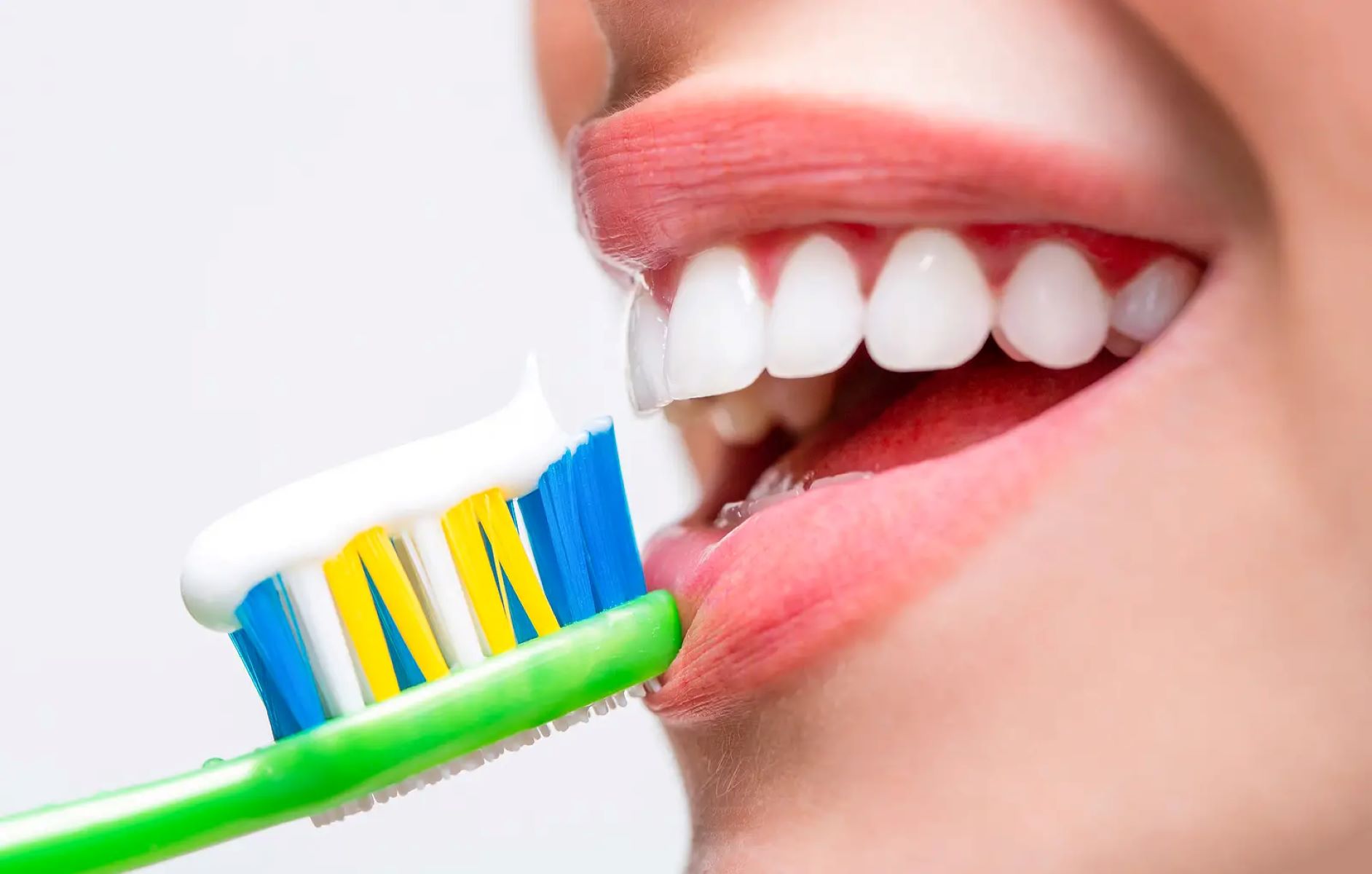
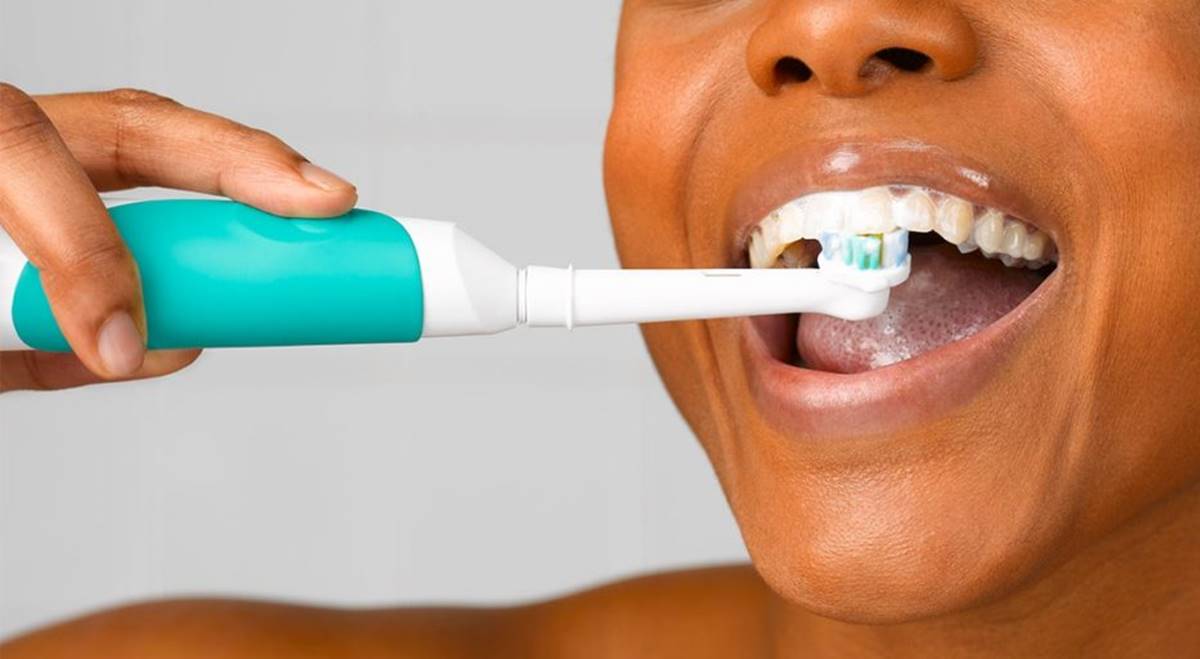
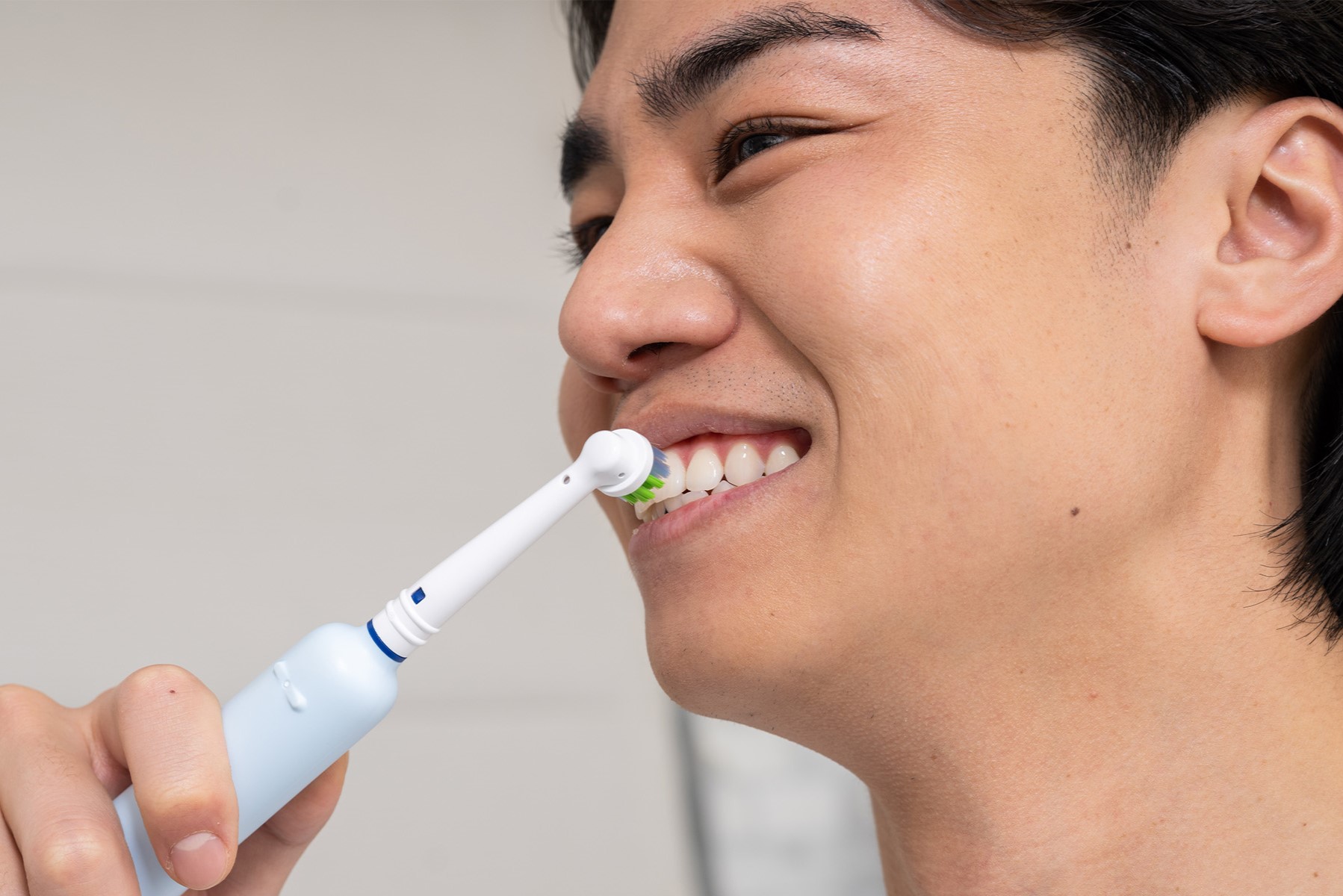
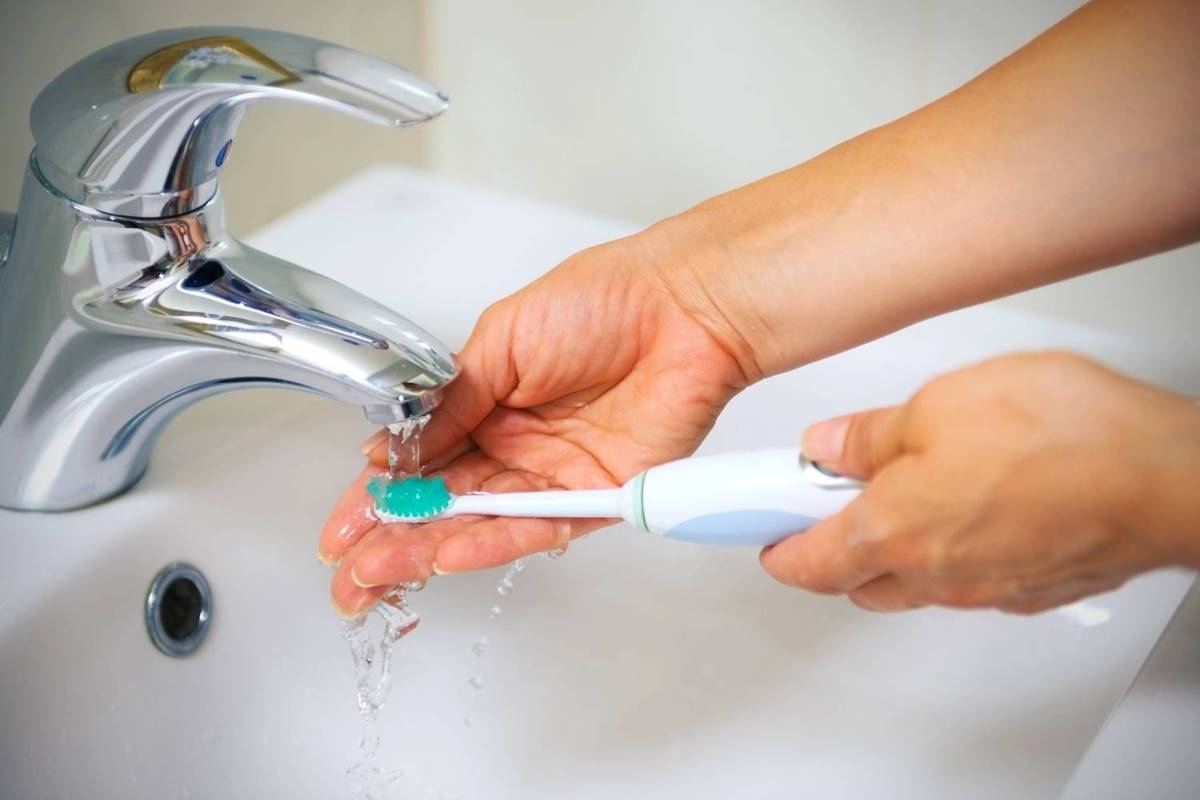
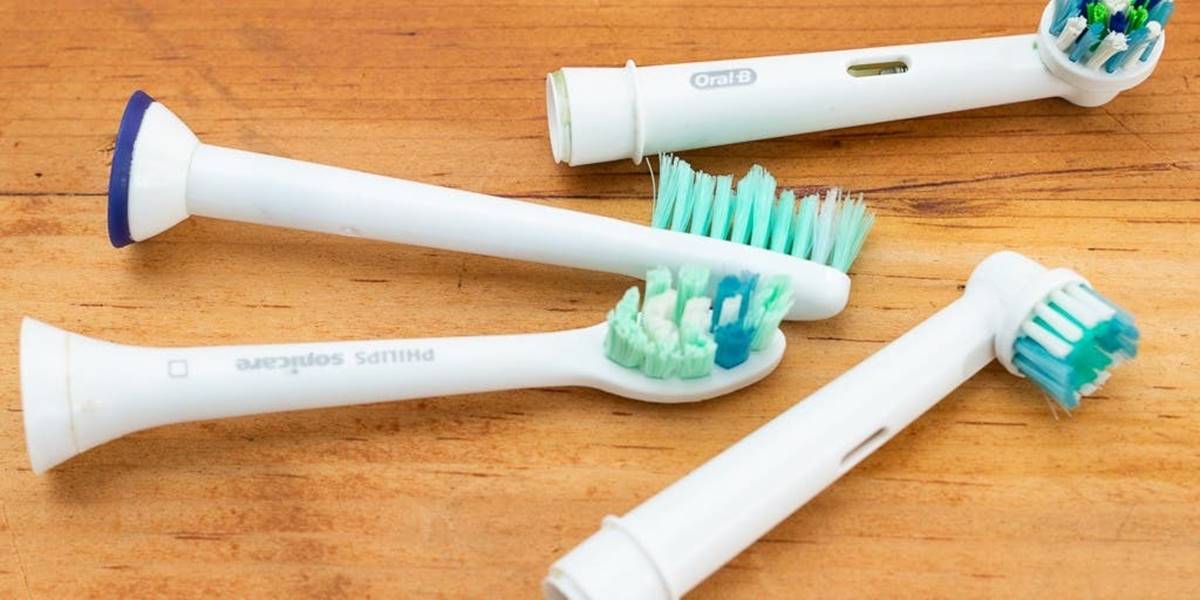
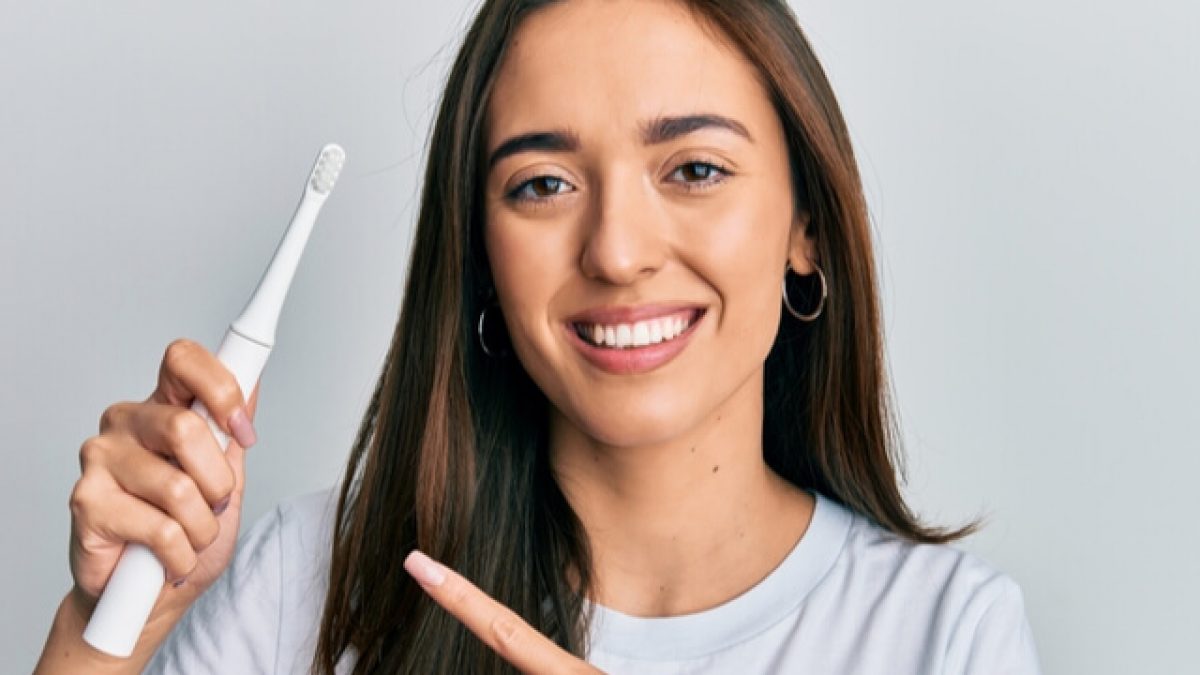
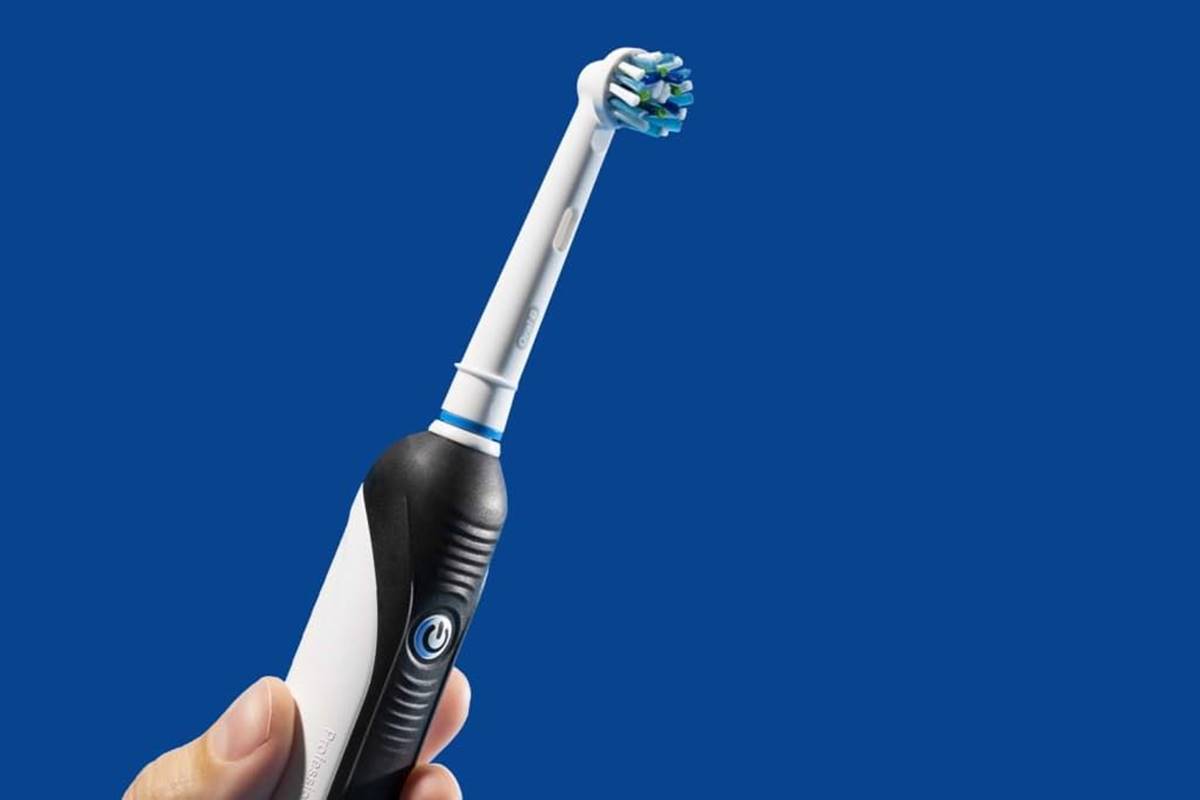
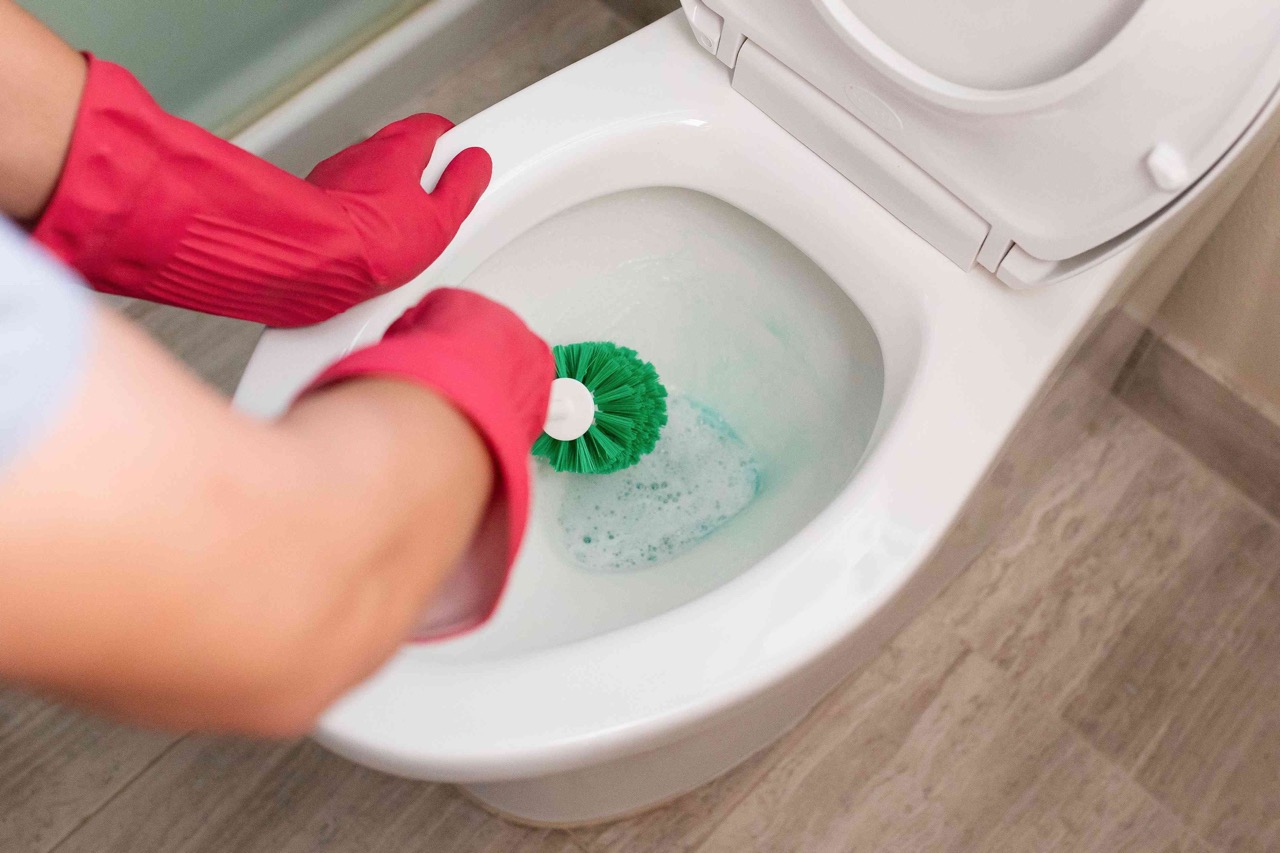

0 thoughts on “How Long Should You Brush Your Teeth With An Electric Toothbrush”